MELTING SANDS - Glass in Contemporary Art
Gabriele Beveridge, Gwenneth Boelens, Elio J Carranza, Kasia Fudakowski, Paul Hance, Annika Kahrs, Yaël Kempf, Mischa Kuball, Katharina Maderthaner, Narges Mohammadi, Leonor Serrano Rivas, Mathilde Rosier, Jeremy Shaw, Slavs and Tatars, Jeanine Verloop
18.10.2025 - 25.01.2026
Opening: 18 October 2025, 4 pm–8 pm
To mark the 150th anniversary of the former Lennarz glassworks, in whose converted premises the Philara Collection has been housed since 2016 (and where its buildings manager previously worked), Philara presents an extensive exhibition on glass in contemporary art. The presentation is a wide-ranging examination of how structure and chaos, as well as other contradictions inherent in this versatile material, can be reconciled. There is a particular focus on interdisciplinarity, collectivity and international cooperation – all characteristic of glass and its production.
MELTING SANDS examines glass as a material and substances that could replace it. What can we learn from glass? What metaphors or utopias lie concealed in its contradictory materiality? The exhibition proposes the hypothesis that glass, like no other material, allows us to visualise complexity and contradiction. Glass is defined as an amorphous and disordered solid matter, and was once considered a supercooled liquid, or even a fourth state of matter. It solidifies without crystallisation and is therefore in a state of metastability. It thus always has the intrinsic potential for spontaneous transformation.[1]
Transparency and the visual immateriality associated with it have always been and continue to be essential qualities of glass. Nineteenth- and twentieth-century utopian notions of transparency as a symbol of modernity and freedom, on the other hand, have long been outworn. Increasing digitalisation and diminishing separation of the public and private spheres mean that transparency is an increasingly negatively loaded concept – one only need consider the notion of the ‘transparent human’ as a symbol of unwanted exposure or surveillance. Yet glass – fully in keeping with the international, collective nature of its production processes – offers a wealth of other metaphors, among them emancipatory examples, built on continuity and compromise. The exhibition focuses on both emerging and established artists who engage with international collaborations, interdisciplinary research methods, and novel thematic areas.[2]
The works in this group exhibition further expand the understanding of glass as a material, using alchemical experiments, cooperative approaches, and traditional techniques to demonstrate the broad spectrum of applications of glass in contemporary art.
The exhibition is supported by the Kingdom of the Netherlands and Mondriaan Fund, Netherlands.
---
[1] We wish to thank Manuela Mehrwald for this information and Dedo von Kerssenbrock for further advice.
[2] In regard to international cooperation, the influence of the studio glass movement in the USA on educational institutions teaching (art) glass production, such as the Gerrit Rietveld Academie, Amsterdam, must be mentioned. The Netherlands in particular has special expertise in this area and is open to international, interdisciplinary cooperation, combining art with craft and taking aspects of sustainability into account.
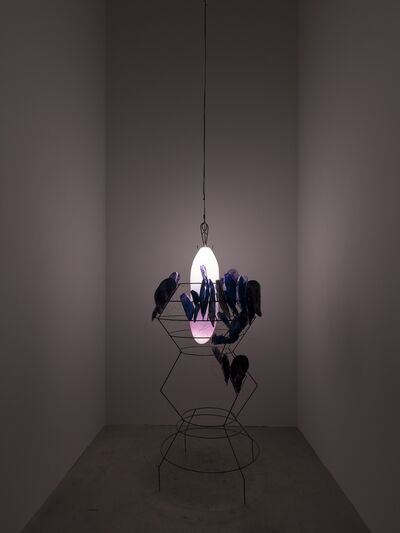
Kasia Fudakowski
Photo: Kai Werner Schmidt
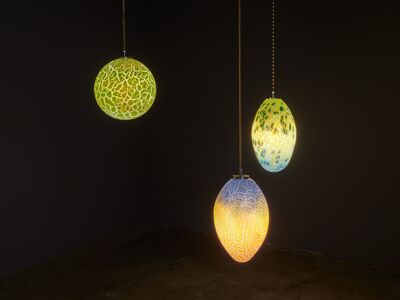
Slavs and Tatars
Photo: Kai Werner Schmidt
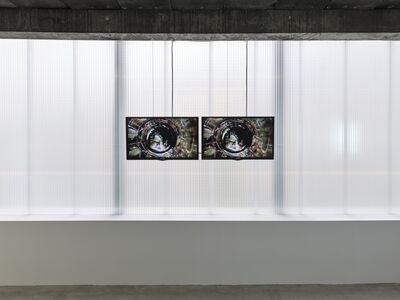
Mischa Kuball
Photo: Kai Werner Schmidt
VG Bild-Kunst Bonn, 2025
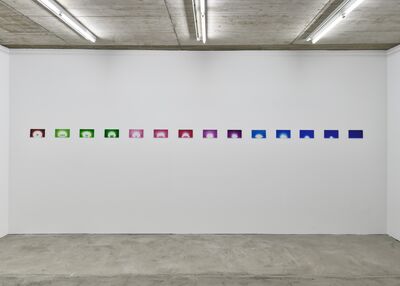
Annika Kahrs
Leihgabe der Bundesrepublik Deutschland – Sammlung zeitgenössische Kunst
Photo: Kai Werner Schmidt
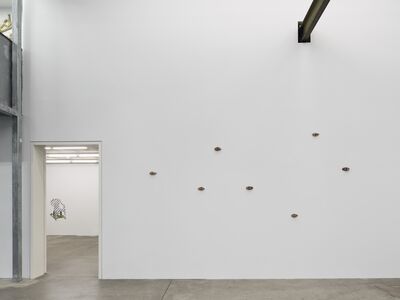
Mathilde Rosier
Production Cirva Marseille
Photo: Kai Werner Schmidt
VG Bild-Kunst Bonn, 2025
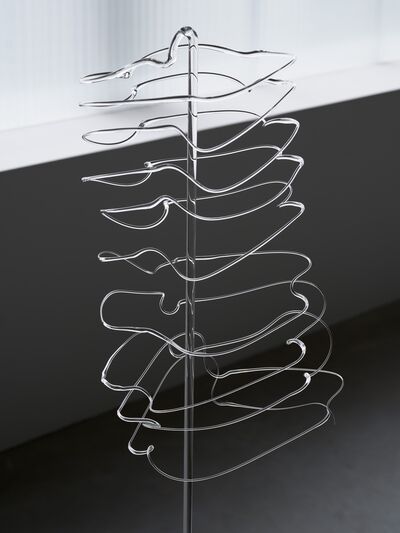
Jeanine Verloop
CHIME is commissioned by iii as part of its
annual residency program and presented in
collaboration with Rewire. The research phase
for CHIME was made possible by Mondriaan
Fund and V2_Lab for Unstable Media
Photo: Kai Werner Schmidt